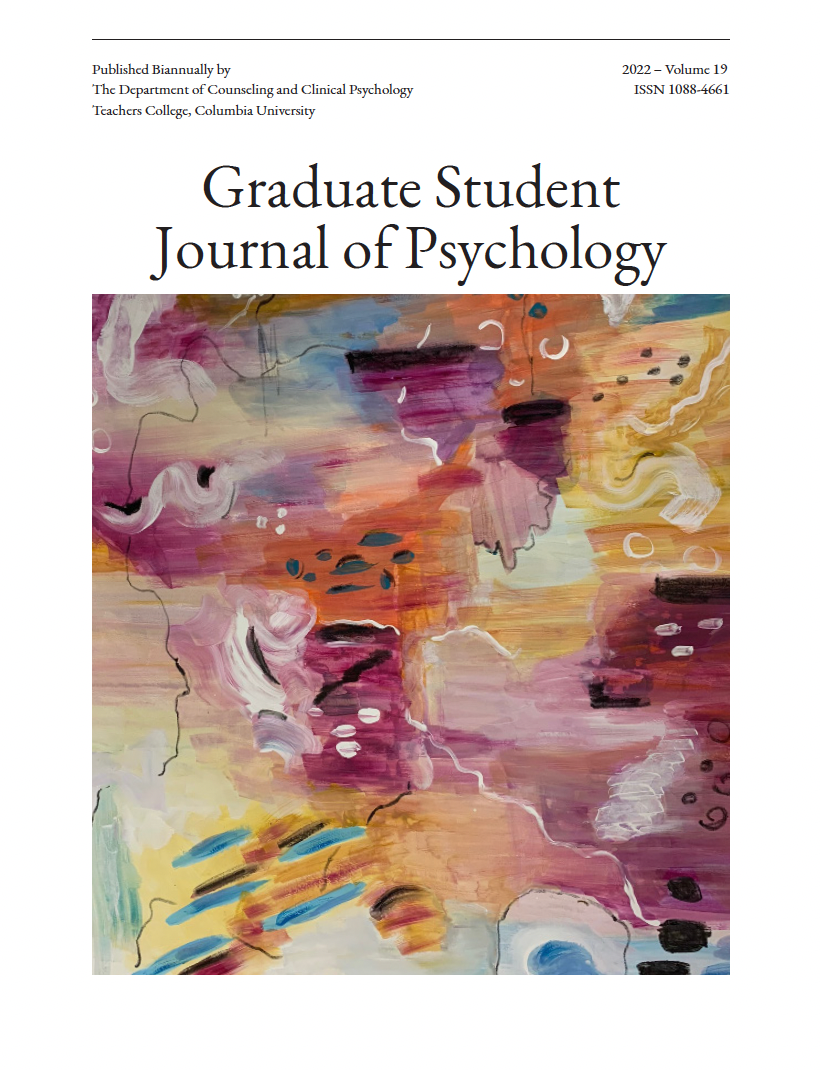Merging Complex or Divergent Datasets using SPSS: A Method and Tutorial
Main Article Content
Abstract
For many reasons, researchers place their data in multiple electronic datasets and later find that they wish to combine those datasets for a particular analysis. This article reports on an analysis of the extant literature on combining complex datasets and provides both a tutorial and related syntax that combines non-matching datasets (i.e., from different sources) in such a way that all data is contained in the final combined dataset with identification of data source. This syntax represents an improvement over the existing SPSS (v23-v27) combining dataset routines in terms of 1) expanding the types of datasets that can be combined, 2) completeness of the resulting dataset, and 3) facilitating management of multiple and/or divergent data sets. An additional benefit of using this process is the incorporation of a method to test the accuracy of the merged data and thus verify the data quality The SPSS syntax along with instructions and examples are reviewed in the article.
Keywords: SPSS, syntax, datasets, merging, longitudinal data
Article Details

This work is licensed under a Creative Commons Attribution-NonCommercial 4.0 International License.

